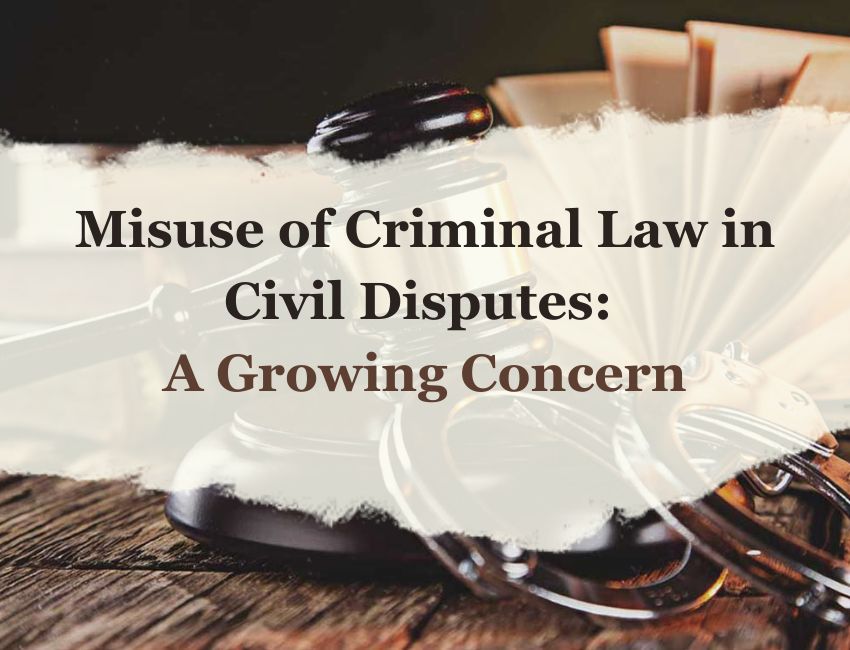D.P. Sarkar, J.@mdashThis is an application u/s 115 of the CPC directed against the order number 34 dated February 6, 1987 passed by the Munsif, 2nd Court, Serampore in Title Suit No. 334 of 1984.
2. The Petitioner in this revisional application instituted a suit for eviction of the opposite party, Defendants from the suit premises which was numbered as Title Suit No. 334 of 1984. The opposite party, Defendants, inter alia, disputed the relationship of landlord and tenant in that suit. Issues were framed and issue number 8 is on the point of the relationship of landlord and tenant between the parties. The opposite party, Defendant filed a prayer before the trial Court for deciding that issue first. But the Petitioner-Plaintiff raised objection on the ground that in the past predecessor of the opposite party, Defendants brought a suit against the Petitioner and his predecessor being Title Suit No. 235 of 1981 for specific performance of contract alternatively for declaration of title in respect of the disputed property by adverse possession. On the other hand, the Petitioner-Plaintiff instituted a suit against the opposite party, Defendants and their predecessors being suit No. 205 of 1982 for their eviction from the suit property. Both the suits were heard analogously and there it was decided that the plea of adverse possession taken by the predecessors of the opposite party-Defendants could not be established and the alternative case of specific performance of contract was also rejected by the Court. The Court found the predecessors of the opposite party-Defendants as the tenants under the predecessor of the present Petitioner. On the other hand, the suit filed by the predecessor of the present Petitioner i.e. suit No. 205 of 1982 was ultimately dismissed on merit on the ground of non-joinder of necessary parties. So, in the above facts and circumstances, the present Petitioner raised objection before the trial Court against the hearing of issue number 8 involved in the present ejectment suit on the plea of res judicata. But the learned trial Court rejected that plea on the ground that the parties are not the same.
3. On being aggrieved by such'' order the present revisional application has been filed challenging that decision of the learned trial Court.
4. The judgment and pleading of the earlier suit are filed and it is found that the present opposite party-Defendants were found to be tenants under the present Petitioner and his predecessors.
5. It is argued by the learned Advocate appearing for the opposite party-Defendants that the parties are not same. But from the certified copy of the decree of the earlier suit and the copy of the plaint in the present suit leave no scope for doubt that the parties are same.
6. Secondly, it is argued by the learned Advocate for the opposite party-Defendants that the properties are not identical. But I have also compared the decree of the earlier suit with the schedule of property given in the plaint of the present suit and I find virtually no difference in the description of the property. That apart the principle of res judicata requires identity of title and not identity of property. This view is supported by the decision of the Apex Court in
7. It is again submitted by the learned Advocate for the opposite party-Defendants that Title Suit No. 205 of 1982 being dismissed finally, the decision of that suit or the decision passed in the suit instituted by his clients i.e. Title Suit No. 235 of 1981 cannot operate as res judicata in the present suit. In this context, we should not forget that Title Suit No. 205 of 1982 was decided issue by issue or merit but finally it was dismissed for defect of parties. The apart, when both the suits were heard together analogously covered by one judgment, it does not sound reasonable to say that the decision contained in that judgment should be used strictly according to the issues involved separately in the two suits. The decision of each point operates as res judicata in subsequent suit between the same parties. This view is also supported by the decision of the Apex Court in
8. The principle of res judicata shall apply to achieve finality in litigation when Section 11 does not apply in terms even as laid down in
9. Thus, it is concluded that the decision regarding the relationship of landlord and tenant as arrived at by the Court in the previous suits between the same parties will operate as res judicata in respect of the same property and as such the impugned order of the learned Trial Court is wrong. The relationship of landlord and tenant is finally settled once for all and it cannot be agitated again in the present suit for ejectment.
Accordingly, the impugned order is set aside and the revisional application is disposed of.

